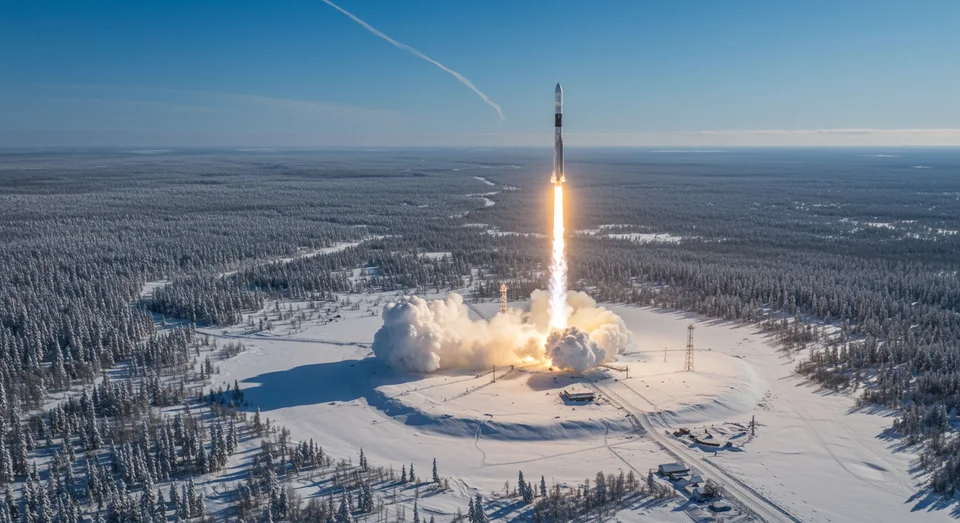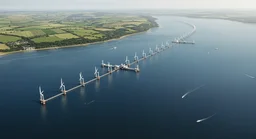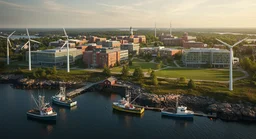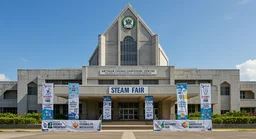Yakutia Students Launch Stratospheric Satellite, Pioneering STEM and Space Innovation
233 views
In a remarkable display of youthful ingenuity and scientific ambition, 48 Russian school students successfully launched a stratospheric probe carrying a student-designed satellite, a feat emblematic of the nation’s commitment to nurturing STEM talent. This initiative, spearheaded by the Ministry of Education and Science, seeks to inspire the next generation of innovators while showcasing the potential of student-led projects in advancing space exploration and environmental research.

A New Generation of Space Explorers Takes Flight
The satellite, meticulously designed by students from Yakutia, a region known for its harsh winters and resourceful spirit, is anything but ordinary. Equipped with a suite of instruments, including a camera, Geiger counter, infrared sensors, air quality monitors, and spectral analysis tools, the satellite aims to collect critical data on atmospheric and environmental conditions. What makes this project stand out is not merely the complexity of the technology but the fact that it was conceived, developed, and executed by students still navigating their high school years.
This launch is more than a standalone achievement; it’s a stepping stone toward Yakutia's ambitious plans to send its first miniaturized spacecraft into orbit on July 31, 2025. The stratospheric probe serves as a trial run, allowing students to test their designs in real-world conditions and refine their techniques for the upcoming orbital mission. The project also builds on the momentum of a successful joint probe launch with Chinese students in the spring of 2024, highlighting the collaborative spirit that underpins modern scientific endeavors.
Beyond the technical milestones, this initiative underscores the transformative power of education when paired with real-world applications. By engaging students in hands-on projects that demand creativity, critical thinking, and teamwork, the program is cultivating a generation of problem-solvers equipped to tackle challenges far beyond the classroom. It’s a model that other nations may well look to emulate as they grapple with how best to prepare their youth for an increasingly complex and interconnected world.
Yakutia’s involvement in these cutting-edge projects is particularly striking given the region’s remote location and unique challenges. Often characterized by its extreme climate and geographic isolation, Yakutia has historically been overlooked in discussions of technological innovation. Yet, this initiative demonstrates how even the most remote corners of the globe can contribute to global scientific progress when given the right resources and opportunities. It’s a poignant reminder that talent knows no borders, and innovation can flourish anywhere.
The satellite's payload is not merely academic; the data it collects has the potential to inform critical decisions about environmental policy and disaster preparedness. For instance, the Geiger counter can monitor radiation levels, a concern that has taken on renewed urgency in recent years. The air quality sensors and spectral analysis tools, meanwhile, can provide insights into pollution levels and atmospheric composition, offering valuable information for both local and global stakeholders.
As the July 2025 spacecraft launch looms on the horizon, the success of this stratospheric probe serves as both a proof of concept and a rallying cry for continued investment in youth-led innovation. The students of Yakutia, and indeed all those involved in this national initiative, are not merely participants in an educational program; they are pioneers charting new paths in science and technology.
This project, though rooted in the icy expanses of Yakutia, resonates far beyond Russia’s borders. It serves as a powerful narrative of what can be achieved when young minds are given the tools and support to dream big. In an era often defined by division and discord, such collaborative and forward-thinking efforts remind us of the boundless possibilities that arise when education, innovation, and ambition intersect.









